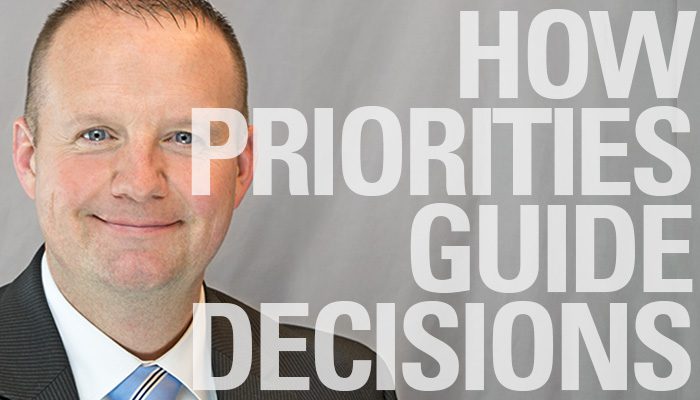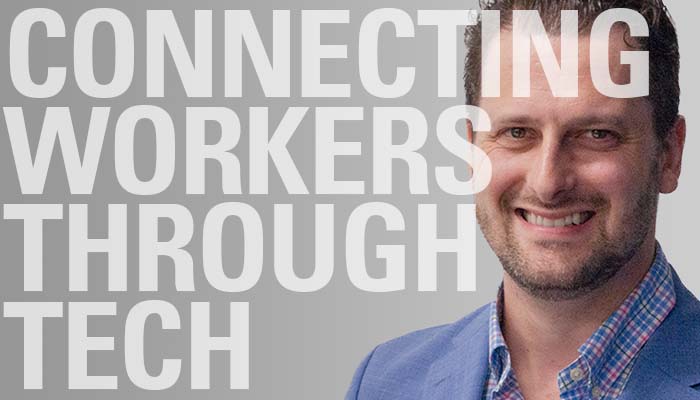The evolution of the modern office needs to accommodate team members meeting in person and online. ESD now Stantec Senior Audio Visual Consultant John Doyle offers an overview of the best technology to consider. (Learn more about the meeting room technology.)
Even with the best-laid plans, major events can turn everything sideways.
Our leadership team was following the progression of COVID-19 before it became a pandemic that disrupted working and social norms, and we were regularly discussing how this might impact our company. As COVID-19 entered the U.S., the speed with which it created chaos was faster than we had expected. Today, we have little control over the stay-at-home governance we are experiencing, face uncertainties we cannot fully predict and are processing mixed timelines from economists for a recovery.
Leaders in many different industries are adapting existing plans to overcome this pandemic, while others are starting from scratch. Regardless, many of the leaders I’ve spoken with are looking to get back into an office and focus on growing their companies.
Though the future looks different, our priorities provide a foundation for us to make decisions while being nimble to adjust to circumstances as they unfold. Here are the five priorities we implemented quickly to ensure business continuity.
Priority 1: Focus on the Safety of Our Employees and Clients
Work from home, check. Compliance with all state mandated stay-at-home orders, check.
We continue to monitor all government guidance, information from peers, clients, and consultants in multiple different industries. We have provided instructions for our team working in the field for safety. We are developing a return-to-office plan trying to incorporate and anticipate as many variables as possible. Much remains unknown, but there is no doubt the workplace will be different when we return.
Priority 2: Communication is Key
Our team is dealing with a variety of emotions, including stress and anxiety. During this pandemic, there is no such thing as overcommunication. Like many companies, we are utilizing a variety of platforms for communication – phone, email, video, surveys and more. We implemented a daily status call which includes all the leaders in the firm. Every morning, these leaders provide updates regarding their business units and bring questions from employees to leadership that could potentially be affecting multiple employees.
We began an email campaign from our executive chairman and me to share business and general information every Monday, Wednesday and Friday as we navigate through this uncertainty.
Priority 3: Receivables
While navigating the chaos of this pandemic, we also know that some of our clients will not be able to pay us for the work we’ve completed. During the Great Recession, accounts receivable had a significant impact on our business. Rather than wait for something drastic to occur with our accounts receivable, we made it a priority right away. Our Project Management Office Director conducted two virtual training sessions for our Project Managers (PMs) and leaders to provide guidance for managing our accounts receivables. It is important that each PM and leader has the same tools to apply collecting receivables in a manner that is respectful while achieving results.
Many of our leaders are sharing their success during our daily status calls and we are seeing some of the older accounts receivables decrease.
Priority 4: Cash Flow and Liquidity
We created a daily cash-flow analysis that identifies accounts receivable collected and expenses. The report identifies secured cash (cash that will be spent over the next week) and unsecured (cash that is not allocated for expenses during the week). Before the pandemic hit, we had already developed a 13-week cash-flow analysis that identifies expenses and cash collections over the period.
We are focusing on ways to intensify our revenue forecast on a weekly basis versus our standard monthly cycle. We are recasting our 2020 budget and have reviewed various expense scenarios based on potential economic forecasts.
Priority 5: Client Care
We continue to engage with our clients as partners to understand how their priorities have changed. For clients who are canceling or placing projects on hold, we are tracking the impact to our revenue forecast so we can realign our talent for clients who need to accelerate their projects. For clients seeking partnership advice about indoor air quality, we developed the Rapid Building Wellness Assessment Checklist.
Technology will play a significant role for our clients and the future workplace. Clients will be faced with many different choices for deployment of technology within their operating environment and enhancing a distributed workforce. Clients can quickly become overwhelmed with the possibilities, and it is important to identify systems that support efficient functionality and capabilities for employees.
For clients looking for what the future of their workplace will look like, we’ve participated on multiple virtual panel events and continue to have deep conversations about what is possible and practical for their business. We are accelerating adoption of our client satisfaction survey process to business lines requiring additional work-flow processes and audit trails for consistency and value.
As business leaders face the reality of the new normal, we will be responsible for helping our employees adapt and calming their fear. Our employees will have anxiety, and some will be concerned – and may even question – if it is safe to return to the office. I would challenge all of you to be bold, courageous, show more empathy and rely on your junior and senior leadership in your organization to help your company transition to the new normal. Fear is contagious – but so is leadership.




